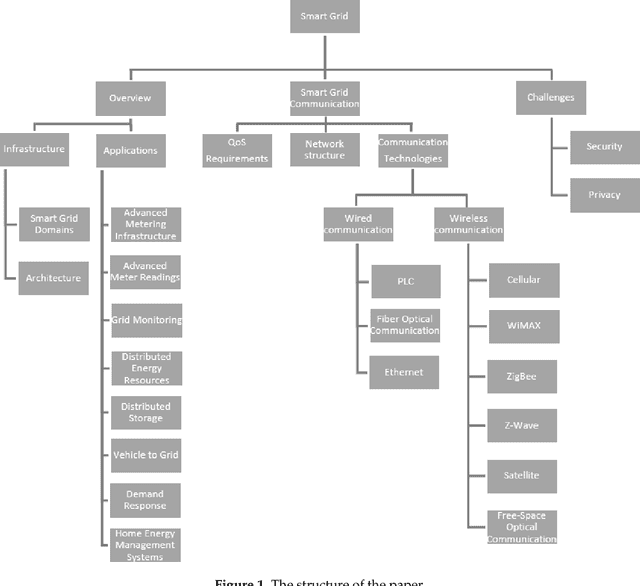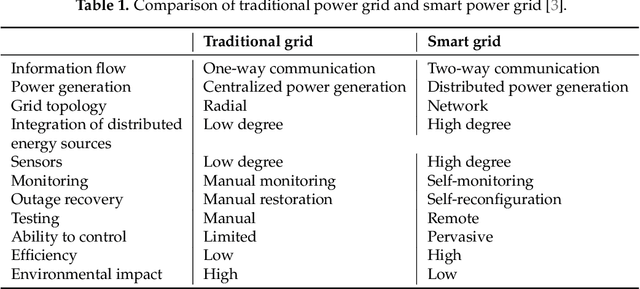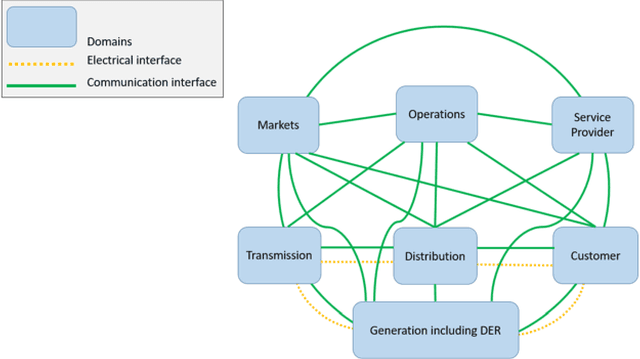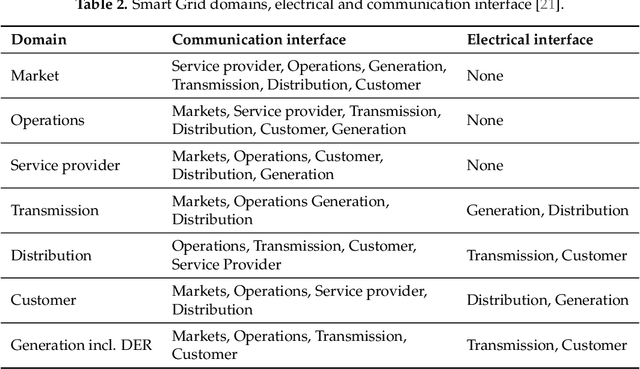Michael Cheffena
A Novel Low-Complexity Peak-Power-Assisted Data-Aided Channel Estimation Scheme for MIMO-OFDM Wireless Systems
Oct 08, 2024Abstract:This paper, for the first time, presents a low-complexity peak-power-assisted data-aided channel estimation (DACE) scheme for both single-input single-output (SISO) and multiple-input multiple-output orthogonal frequency division multiplexing (MIMO-OFDM) wireless systems. In OFDM, high peak-power levels occur when the subcarriers align in phase and constructively interfere with each other. The research proposes a peak-power-assisted channel estimation scheme that accurately selects peak-power carriers at the transmitter of an OFDM system and uses them as reliable carriers for the DACE scheme. By incorporating these reliable carriers with known pilot symbols as additional pilot signals, channel estimation accuracy significantly improves in MIMO-OFDM systems. This eliminates the need to determine reliable data symbols at the receiver, thereby significantly reducing the computational complexity of the system. However, high peak-powers are considered a major drawback in OFDM. In this work, we incorporate a companding technique to mitigate this issue and provide sufficient margin for the DACE scheme. The performance of the proposed DACE scheme is evaluated using both least square (LS) and linear minimum mean square error (LMMSE) channel estimators. In this regard, the proposed technique not only improves channel estimation accuracy but also enhances the spectral efficiency of the wireless system. It outperforms traditional channel estimators in terms of system mean square error (MSE) and bit-error-rate (BER) performance. It also reduces the pilot overhead by 50$\%$ compared to traditional channel estimators and provides bandwidth optimization for MIMO-OFDM systems. This makes it a promising solution for improving the performance and efficiency of wireless communication systems.
Communication Technologies for Smart Grid: A Comprehensive Survey
Mar 22, 2021



Abstract:With the ongoing trends in the energy sector such as vehicular electrification and renewable energy, smart grid is clearly playing a more and more important role in the electric power system industry. One essential feature of the smart grid is the information flow over the high-speed, reliable and secure data communication network in order to manage the complex power systems effectively and intelligently. Smart grids utilize bidirectional communication to function where traditional power grids mainly only use one-way communication. The communication requirements and suitable technique differ depending on the specific environment and scenario. In this paper, we provide a comprehensive and up-to-date survey on the communication technologies used in the smart grid, including the communication requirements, physical layer technologies, network architectures, and research challenges. This survey aims to help the readers identify the potential research problems in the continued research on the topic of smart grid communications.
 Add to Chrome
Add to Chrome Add to Firefox
Add to Firefox Add to Edge
Add to Edge